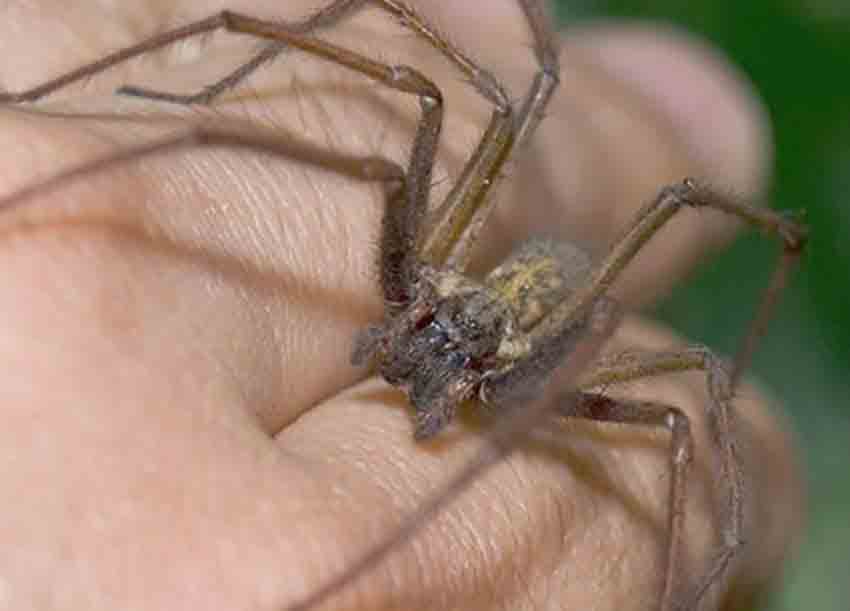Spider Bites
Imagine yourself in a secluded, desolated place, and an irritable itch surfaces on your body. With the swelling on your hand, you are faced with an impending question; how do you tend to a wound that you cannot identify? So we should know how to identify the spider bites.
To help you better serve the situation, we have provided an exhaustive list of measures that you need to follow if you are tending to a spider bite, moreover, to identify whether or not the swelling is a spider bite!
TYPES OF SPIDER BITES:
Identifying a spider bite would become significantly easier if one was familiar with the spider that bit them, however, that in real-life situations, that is more often than not, not always the case. To make things worse, the swelling does not appear for many hours after the actual bite. Hence it is important to know of what the wound of a spider bite looks or feels like.
Noticeable changes in the affected area include:
- Itching around the affected area
- Muscle pain or cramp in the body
- Formation of a blister (red, purple, etc.)
- Anxiety or restlessness
- Swollen lymph glands
- Nausea and vomiting
- High blood pressure
If any of these symptoms occur, the chances of it being a spider bite drastically increase (keeping into consideration the fact that it is an insect bite). Therefore, it is of utmost importance to keep the affected area clean, reducing the risk of skin infection.

Treating A Spider Bite At Home
As precautionary measures, one may follow these simple procedures:
- Applying an ice pack (cold compression)
- After rinsing the affected area thoroughly with a bit of warm water, apply ice cubes to reduce the swelling.
- Limit your frequency depending upon the reduction in swelling of the affected area (repeat the process in an interval of 10 minutes if swelling persists).
- This homely technique reduces the level of inflammation and relieves one of the incessant pain which may persist in some cases.
2.) Elevating the wound above the level of your heart
- After rinsing the wound, if possible, try and elevate the affected area of the body over the heart level. What this does is decreases the amount of blood flow to the affected area and consequently a decreased rate of inflammation.



